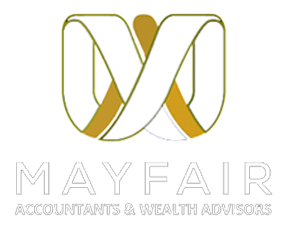PAYE stands for Pay As You Earn. It is the system for collecting tax from your earnings or pensions during the tax year. The tax year begins on 6 April in the year and ends on 5 April in the following year.
You should check your code number and what tax is being taken off your income and query it with HMRC if you don’t understand it or think it may be wrong.
It involves three parties – HM Revenue and Customs (HMRC), your employer or pension provider and you.
HM Revenue & Customs (HMRC) has announced plans for real time adjustments to taxpayer’s tax codes for the 2017/18 tax year. This change has been introduced to ensure taxpayers can pay the right amount of tax within the current tax year.
There will also be some other changes in the current HMRC practice. They need to use the information it already holds and the details supplied by employers and pension providers through real time information (RTI). This new approach intends to ensure all the taxpayers do not have face underpayment overpayment of tax.
Real time data will allow HMRC to change a customer’s tax code to correct or collect any estimated underpayment and help them with a balanced tax year.
Those affected by PAYE will also be able to claim an in-year repayment which can be arranged to be paid into their personal bank account. This is available to them under Making Tax Digital (MTD) campaign.
HMRC plans to notify the code changes to employers on a monthly basis. This, in turn will allow them and their employees to make claims.
As a result of the real time coding, the volume of coding notices is likely to increase for the employers and pension providers.



